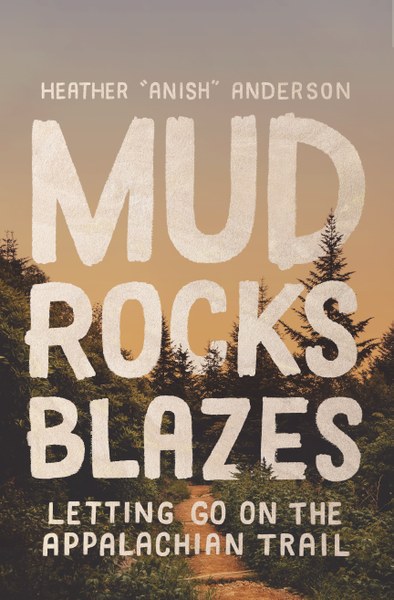
 I went to the Pacific Crest Trail to find my limit. I’d imagined my fastest known time attempt ending with me on hands and knees — dry heaving — at my utmost breaking point. Yet that never happened. I started the hike with my little plastic trowel, intent on digging deep as I’d learned to do over many ultramarathons, but the PCT laughed at that, and within a few days had handed me a full-size shovel instead.
I went to the Pacific Crest Trail to find my limit. I’d imagined my fastest known time attempt ending with me on hands and knees — dry heaving — at my utmost breaking point. Yet that never happened. I started the hike with my little plastic trowel, intent on digging deep as I’d learned to do over many ultramarathons, but the PCT laughed at that, and within a few days had handed me a full-size shovel instead.
Dig with this, it said.
Every day I hollowed myself out deeper and deeper. The sleep deprivation piled up, the calorie deficit compounded, and the wear and tear on my body increased. Every day was just a little harder than the day before. At the end of each — long after darkness fell — I stood panting, unable to fathom digging any more. I was empty, devoid of strength. But no matter the difficulty, I still had desire — to meet the goal, to reach the border, to cover the miles. And so, I journeyed farther into myself than ever before.
Many times I thought I saw my limit, a shadow in my periphery as I dug through layers of strength and willpower. Yet, I never found it. It was ephemeral, though I knew it must exist. I sought it in every climb, in every mile beyond forty I hiked in a day. I sought it in the pouring rain and hail, in the blistering triple-digit heat. I sought it when I was dizzy with thirst or hunger. I sought it even when my quads began to weaken in the last eight hundred miles, when my hamstring locked up and for a week I was unable to bend down to tie my shoe. But I simply could not find my limit, and after 1,900 miles I realized why.
My limit wasn’t a wall. It wasn’t a point of no return where I would lie on the ground in the fetal position unable to continue. My limit was an ephemeral shadow that recoiled, reformed, and retreated, leaving me to dig even deeper. I learned that it was a game of cat and mouse I’d agreed to without knowing the rules. At first I felt betrayed, but eventually I realized that this relentless search enabled me to move forward inexorably. Dumbfounded, I saw that my limit had not been a finite destination, but rather a daily achievement.
Now home in Washington State, only a few weeks away from the daily effort of the trail, I needed to recover from the quest to find my limit. But I also needed to prod at where it resided in the shadows, to reassure myself that what I’d found was real. I needed to redefine it.
I ran the dark path alongside Bellingham Bay with no headlamp. Keenly aware of the stars above, the water to the west, and the moonrise in the east, my feet lifted and struck in rhythm, landing in blind faith on an Earth I trusted was there. Centering my gaze on the black horizon, and my thoughts on my breathing, I leaned into the run, ignoring the protests of my legs. I sought what I’d felt in those final miles of the Pacific Crest Trail. It hurt, but inside me a mantra blossomed: I have an incomprehensible ability to suffer.
I ran up Taylor Dock at full speed. My quads quivered with the need to give in. My lungs ached and a metallic taste rose in my mouth. I faltered. The taste brought up memories of gushing nosebleeds every day for a month as I hiked through the arid regions of the PCT, and how, unable to stop them, I’d tipped my head back, drinking my own blood until I wanted to vomit. Then leaning forward while I walked and watching fat, red droplets plummet to the sand in little puffs of dust, I choked on the memory.
I have an incomprehensible ability to suffer. Incomprehensible even to me. Run.
I reached the car, rubber legged and gasping. I’d discovered that the problem with proving you are capable of more than you believed possible is that you no longer have excuses, only reasons to push harder. How can I possibly push harder than I already have?
Mud, Rocks, Blazes is available for purchase at our bookstore, on mountaineersbooks.org, or wherever books are sold.
This article originally appeared in our Spring 2021 issue of Mountaineer Magazine. To view the original article in magazine form and read more stories from our publication, visit our magazine archive.
 Heather "Anish" Anderson
Heather "Anish" Anderson